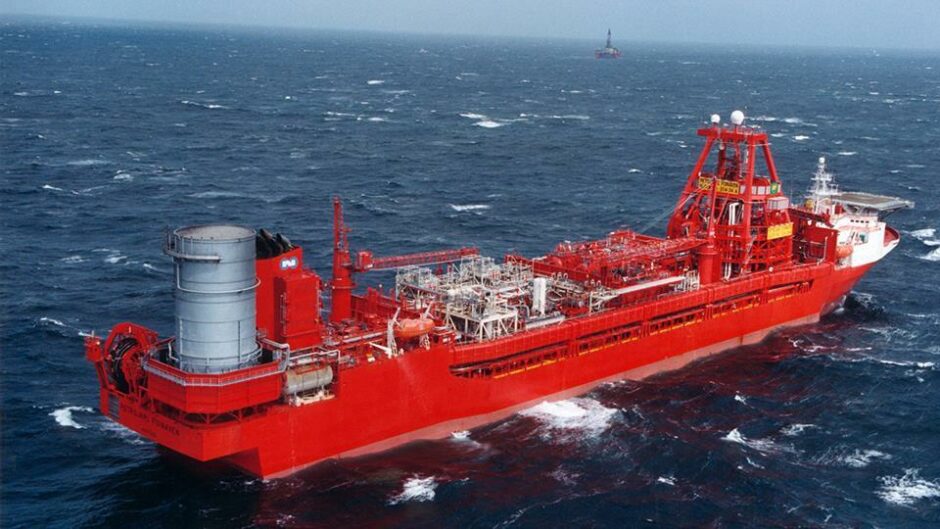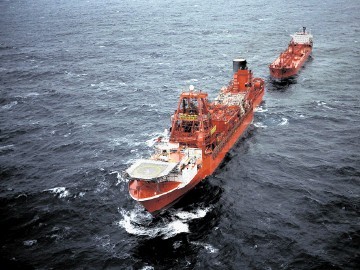
Fears have emerged that the Foinaven FPSO will head overseas for decommissioning, having been sold by owner Teekay.
The vessel, previously in the West of Shetland for BP, has been sold by Teekay to an undisclosed buyer.
The vessel is scheduled to be moved to Hunterston on Scotland’s west coast to demobilise and remove BP signage, but its future from there is uncertain.
Gary Cook, Scotland senior organiser for the GMB union, said: “We are keen to hear from the industry where the final destination of the Foinaven will be, but the likelihood is it’ll be anywhere but Scotland.
“GMB has been clear that North Sea decommissioning should be a thriving domestic industry, yet the rest of the world largely delivers the dismantling of its redundant infrastructure, and that’s because there was a basic failure to plan for inevitable on the part of government and industry.
Teekay has been asked to confirm the buyer of the Foinaven FPSO but has not responded to requests for comment.
Any vessels which seek to be decommissioned overseas need to make a request to the Scottish Environmental Protection Agency (SEPA) to leave UK waters.
SEPA said it has had no such request for either vessel.
Mr Cook added: “Many of the platforms, rigs and vessels that have delivered decades of production were built in Scotland, and they could have been brought back to these shores for environmentally efficient and safe decommission.
“We could be redistributing the costs of that clean-up back into working-class and rural communities, supporting thousands of jobs in doing so, but we aren’t anywhere near that scale, which means decommissioning represents another missed industrial opportunity.”

Decommissioning in Scotland
In a 2016 report, GMB listed several sites across Scotland that can handle decommissioning jobs to various degrees. The port of Dundee was specifically named in the report’s conclusion as ” it has most of the components required to be ‘decommissioning ready’”.
This is the most northerly port owned by Forth Ports Authority and is one of the largest
economic generators in the city of Dundee.
The 2016 report said that “Dundee should benchmark itself against the world class facility at VATS”
However, Dundee has it’s drawbacks. The facility’s road and rail infrastructure needs to be upgraded and modified, which could stimulate businesses proximate to the port.
Additionally compared to Nigg Energy Park, Dundee has shallower water, a smaller quayside and much less space.
Nigg Energy Park can boast a site boundary of 700,000 m2, with a 30,000 m2 fab shop.
Scotland has the facilities for decommissioning, however, local firms are often outbid by international competitors as we see Scottish rigs and vessels taken overseas and decommissioned.
Last week, the jacket of the Brae Bravo platform was taken to Vats in Norway for recycling, following in the footsteps of the main platform topsides last year.